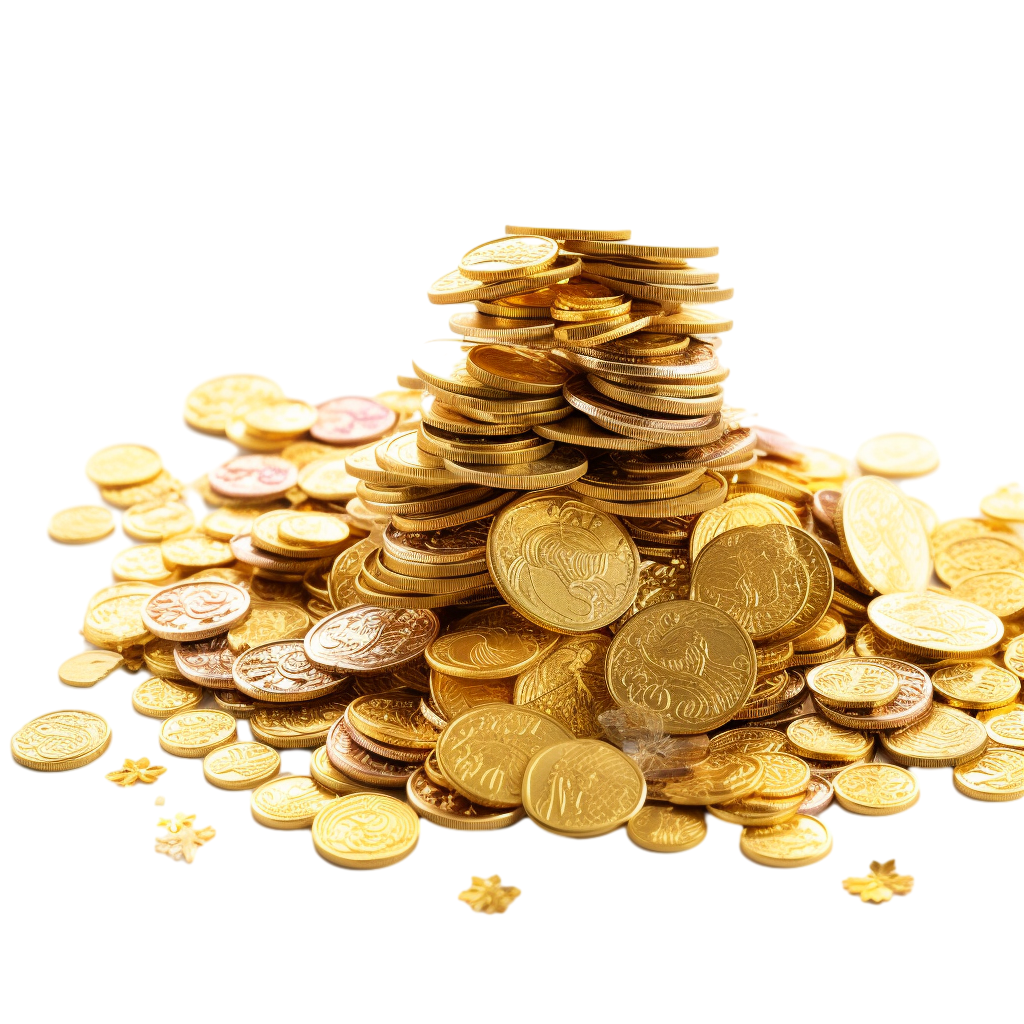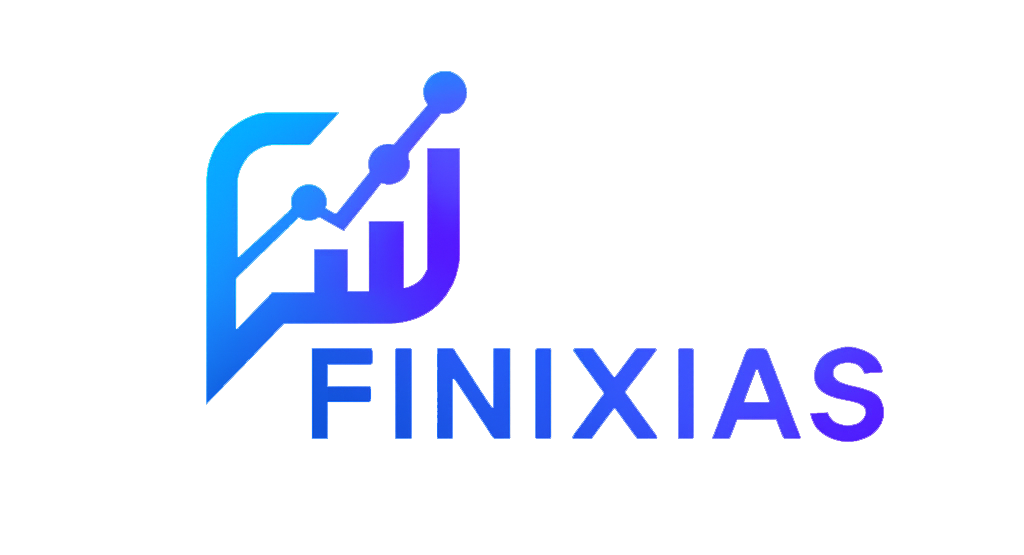CAC 40: Market Volatility Amid Macro Uncertainty and Technical Crossroads

France’s Blue-Chip Benchmark
Launched in 1987, the CAC 40 serves as the flagship benchmark index of the Paris Stock Exchange, representing the performance of the 40 most liquid and capitalized stocks listed on Euronext Paris. It covers a broad spectrum of sectors — from banking and industrials to luxury, utilities, and tech — offering a comprehensive snapshot of France’s corporate landscape. For institutional and retail investors alike, tracking the CAC is essential for gauging local market sentiment and asset allocation decisions.
Historical Resilience Through Cycles
The index has endured multiple macro and systemic shocks — the dot-com bust, the 2008 global financial crisis, the Eurozone debt crisis, and the COVID-19 crash. Despite these drawdowns, it has shown strong mean reversion tendencies over time. After a bullish breakout that pushed the CAC to an all-time high of 8,240 in May 2024, current price action suggests a possible topping formation, as the index now consolidates just under the 7,950 resistance zone.
Political Risk and Sovereign Concerns
The sudden resignation of Prime Minister Sébastien Lecornu triggered a spike in political risk premium. The resulting selloff — nearly 200 basis points intraday — reflected increased volatility (as seen in the CAC Volatility Index, or VCAC), alongside a widening of OAT-Bund spreads. Investors are pricing in heightened fiscal risk, with long-term French government bond yields (OAT 10Y) now hovering around 3.60%, raising debt sustainability concerns and limiting fiscal headroom for stimulus.

Sluggish Growth, Controlled Inflation, Limited Policy Levers
France’s GDP growth for 2025 is projected at a tepid +0.8%, while CPI inflation is expected to stay anchored near 1.2%, well below the ECB’s 2% target. The ECB’s recent dovish pivot — with a 25 bps rate cut bringing the deposit facility to 2.15% — offers marginal relief, but monetary policy transmission remains uneven. Meanwhile, lackluster private investment and stagnant domestic consumption are capping upside momentum.

Sector Rotation and Defensive Positioning
Market breadth remains narrow, and investor positioning is shifting. Financials (BNP Paribas, Société Générale) exhibit beta sensitivity to political catalysts, while exporters and luxury stocks (e.g., LVMH, Hermès) benefit from a weaker euro and strong EM demand. There is a clear flight to safety underway: capital is rotating toward defensive names with low volatility profiles, such as healthcare (Sanofi) and green utilities (EDF, Engie), which offer resilient earnings and stable cash flows.

Technical Setup: Key Levels and Momentum Indicators
Technically, the CAC 40 is in a consolidation phase, with 7,950 acting as a near-term resistance. A breakout above this level — with confirmation via rising volume and bullish MACD crossover — could set the stage for a retest of the 8,250–8,500 zone. Conversely, a failure to hold the 7,500 support would invalidate the bullish thesis and potentially trigger a correction toward the 200-day moving average (~7,300). RSI remains neutral, suggesting no immediate overbought/oversold conditions, but implied volatility is creeping higher — a red flag for risk parity strategies.

Navigating Market Complexity: Tools and Tactics
Increased macro volatility demands a multi-factor approach to investing. Beyond technicals, investors should integrate fundamental analysis (earnings growth, dividend yield, ROE) with macro indicators (PMI, consumer confidence, fiscal balances). Sentiment analysis — including fund flows, positioning data, and options skew — also provides valuable insight into market directionality. For less experienced investors, using ETFs tracking the CAC or sector-specific instruments can be an efficient way to gain exposure while managing risk.

